Surfing is a great way to get out in nature and experience the ocean up close. However, before you go out for your first wave, there are some important surfing essentials you need to have on hand.
25 Surfing Essentials
1. Lip Balm: Salt water can dry out your lips quickly while you’re out on the waves, so it’s important to keep them protected with a thick lip balm. Look for one that also contains an SPF rating for extra protection against sunburns.
2. Sunglasses: Bright sunlight reflecting off the water can cause discomfort in your eyes; sunglasses are essential for protecting them. Make sure you choose a pair with polarized lenses to reduce glare from the sun and water.
3. Beach Umbrella: If you want to lounge on the beach in between catching waves, a beach umbrella is a definite essential. You don't have to get a very expensive one - a standard model will do.
4. Surf Booties: There are plenty of reasons why surf booties are a good choice. They will give you good grip, as well as protect your feet from rocks and other obstructions.
5. Life Jacket: If you are in treacherous waters, or you are an inexperienced surfer, a life jacket can be a good choice. It's better to be safe than sorry, as the saying goes.
6. Sunscreen: When out in the sun and surf, it’s important to protect your skin from harmful ultraviolet (UV) rays. Make sure you apply a high-SPF sunscreen that is also water resistant. Reapply every two hours or after swimming or sweating.
7. Surf Wax: To help maintain grip on your board while riding waves, use wax specifically designed for surfing. Choose a wax based on the outside temperature of your location and how often you practice your sport.
8. Earplugs: If you are surfing in a crowded area, consider investing in some quality earplugs to protect your ears from loud noises caused by other people’s conversations or music. Additionally, earplugs can also be used to keep water out of your ears during long sessions!
9. Speaker System: For those looking for a more enjoyable experience, invest in a quality speaker system that will allow you to listen to music while riding waves. Make sure it is waterproof so any splashes don't ruin it!
10. Surf Camera: If you want to document your surfing experiences, invest in a good surf camera. This will allow you to take photos and shoot videos of your session for future memories or share with friends and family.
11. Surf Wax: Invest in a quality surf wax that won't melt too quickly during long sessions, but also isn’t overly sticky so it doesn't leave any residue on your board. Look for one that is specifically designed for the temperature of water where you typically surf.
12. Wetsuit: A good wetsuit is an essential when spending time in the ocean! Make sure to invest in one that fits properly and allows maximum flexibility while providing insulation from cold temperatures and warmth while paddling. Look for one that is made from quality materials and can withstand wear and tear.
13. Ear Plugs: To avoid any potential issues with water in the ear canal, it's best to wear proper waterproof ear plugs when surfing and swimming in general. There are several types available including rubberized foam, silicone and wax, but all are designed to keep the inner ear dry and comfortable while also blocking out sound.
14. Wetsuit: Identify a wetsuit that fits your body correctly and provides ample coverage for the weather conditions you will be surfing in. Consider factors such as neoprene thickness, seams, insulation, fit and comfort level when selecting one.
15. Fins: choose fins specific for your board size and skill level that match up with proper foot placement on the surfboard. Look at each individual fin’s shape, flex pattern and size to ensure a secure hold during sharp turns or tricks on waves. Make sure they are firmly attached before hitting the water!
16. Leash: A leash is necessary for almost all surfing activities and should be securely attached to the surfboard at all times. This safety feature will help you quickly recover your board if it gets away from you during a wipeout or big wave. Look for a light-weight leash that fits your board size and skill level.
17. Repair Kit: Keep a repair kit in your bag with items such as duct tape, fiberglass cloth and resin so you can fix any potential damages to your surfboard while on location. Additionally, make sure to bring along a multi-tool in case of emergencies like broken fin boxes or snapped leashes.
18. Hydration Pack: Staying hydrated is important when engaging in any physical activity, especially when in the heat of the sun and saltwater. Invest in a good hydration pack that allows you to bring plenty of water with you easily, or use it for carrying snacks, sunscreen or any other small items you might need during your session.
19. Surfboard Bag: If transporting your surfboard is necessary, make sure to invest in a quality board bag that will protect your surfboard from abrasive surfaces while travelling. Look for one that is padded and waterproof to ensure maximum protection from scratches, dings and potential damage due to bad weather conditions.
20. Detachable Wax Comb: It's important to keep your wax clean and free from debris such as sand or dirt so it can provide maximum grip. Invest in a detachable wax comb that can easily fit in your board bag or pocket. You'll be able to keep things clean with just a few quick strokes!
21. Beach Towel: Bring along a large beach towel so you can lay it down and relax when not in the water, or use it for drying off after surfing. Look for one that is lightweight and also provides sand-resistant features. This way you won’t have to carry around extra weight from all the sand between your toes!
22. Change of Clothes: Make sure to bring an extra set of clothing just in case your original outfit gets wet during your surfing session. Also consider bringing an additional protective layer such as windbreaker in case of cold weather or strong wind gusts.
23. Hat or Visor: Protect your face from the sun and keep it cool with a quality hat or visor. This will also help provide protection for your eyes from saltwater, sand and wind. Look for one that is water-resistant so it won't get ruined by any splashes during your session!
24. Sunscreen: Make sure to apply sunscreen before going out in the sun, even if you are only paddling on the board between sets. Reapply every hour to ensure proper coverage while in the water and time spent on shore afterwards.
25. Surfboard Wax Remover: To clean up after each session, use a surfboard wax remover to easily remove leftover surf wax. This will help prolong the life of your board and make sure it is ready for your next session.
What is surfing?
Surfing is a popular recreational activity that involves riding the crest of a wave on a board, usually made out of fiberglass or foam. It has become one of the world’s most iconic surface water sports and is enjoyed by people all over the globe.
Surfing has been around for centuries; however, it was not until the 1950s that it became an established sport, with its roots in Hawaii. The popularity of surfing quickly grew worldwide due to its thrilling nature, with boards becoming smaller and lighter for more maneuverability in the waves.
Today, there are various types of surfing suited to different riders at different levels, from beginners to professionals. From shortboarding to longboarding and kitesurfing to stand-up paddling, there is something for everyone.
Surfing is an exciting and exhilarating activity that requires strength, agility, balance and coordination; it also provides a great workout as well as offering a chance to experience the rhythm of nature up close. Whether you’re catching your first wave or wanting to perfect your technique, surfing is sure to bring joy and freedom like no other sport can.
Is it easy to surf?
Surfing requires a certain amount of skill and physical fitness as it involves continuously catching and riding waves over long periods of time. It also requires knowledge of the ocean environment, such as wave patterns and tide cycles, in order to maximize your chances of catching the right wave. Moreover, specific equipment is essential for success; surfers need a board that suits their size, weight, body type and the kind of waves they are surfing.
Riding a wave successfully demands that you have good balance and coordination as well as mastery of techniques like paddling, popping up (standing up on your board) and maneuvering your board while riding. All these skills can be developed with practice but they need to be honed if one wishes to become an expert surfer. Additionally, one needs to stay aware of their surroundings and the ocean environment in order to read the waves and make split second decisions.
Surfing is an exhilarating experience but it can be physically demanding so it's important to take regular breaks to reduce fatigue. It is also essential that safety measures are taken as you are exposed not only to the elements but also strong currents, powerful waves and submerged obstacles. A life vest or other protective gear should always be worn when surfing.
In summary, while it may look easy on the surface, surfing requires a great deal of skill, knowledge and physical fitness if one wishes to do it successfully. Therefore, it takes dedication and practice in order to become an expert surfer.
Is it easy to learn surfing?
Surfing is no easy task. It takes patience and determination to become a skilled surfer. You must be willing to practice regularly, and you may even need professional instruction from an experienced instructor in order to hone your skills. Learning the basics can take some time, but with the proper guidance, it can be done relatively quickly.
First, you'll need to learn about surfing etiquette and safety - including how to identify hazards such as rip currents. You should also familiarize yourself with the different types of equipment used for surfing so that you can select the right board for you. Afterward, you'll need to learn specific techniques such as paddling out past the breakers and popping up on your board when waves arrive.
It's important to focus on improving your balance and posture as you ride the waves. You must also practice catching waves from both directions so that you can gain more confidence in the water. Additionally, it's essential to understand how weather conditions impact wave formation, which will help you identify ideal spots for surfing.
Overall, while learning to surf may be challenging at first, with the right guidance and dedication, it can become a fun and rewarding experience. There are numerous resources available to assist in your journey - such as instructional videos online or local surf schools - that can give you the insight and support needed to make progress towards becoming a skilled surfer.
What gear do I need for surfing?
For beginner surfers, it is important to make sure you have the correct gear before heading out. The most essential piece of equipment is a good quality surfboard. Beginner boards are usually wide and soft with flat rocker lines, which makes them more stable and easy to control in small waves. Wetsuits are also necessary for keeping warm in colder waters and can come in different thicknesses depending on the water temperature.
Additionally, you will need wax to give your board traction while paddling into waves, as well as fin plugs if you wish to customize your fins. Finally, don’t forget about a leash – it will keep you from losing your board in the waves! Having all these items ready before hitting the beach will help ensure a great surfing experience.
Safety should always be your top priority when out in the water, so make sure you are aware of ocean conditions and know how to spot rip currents, which can pull an inexperienced surfer out to sea. Additionally, as with any extreme sport, proper instruction is important for learning the basics and mastering safety techniques.
Taking lessons from local surf shops or even private instructors can help give you the confidence needed to safely enjoy the waves. With the right equipment and knowledge in hand, you'll be ready for a successful day of surfing.
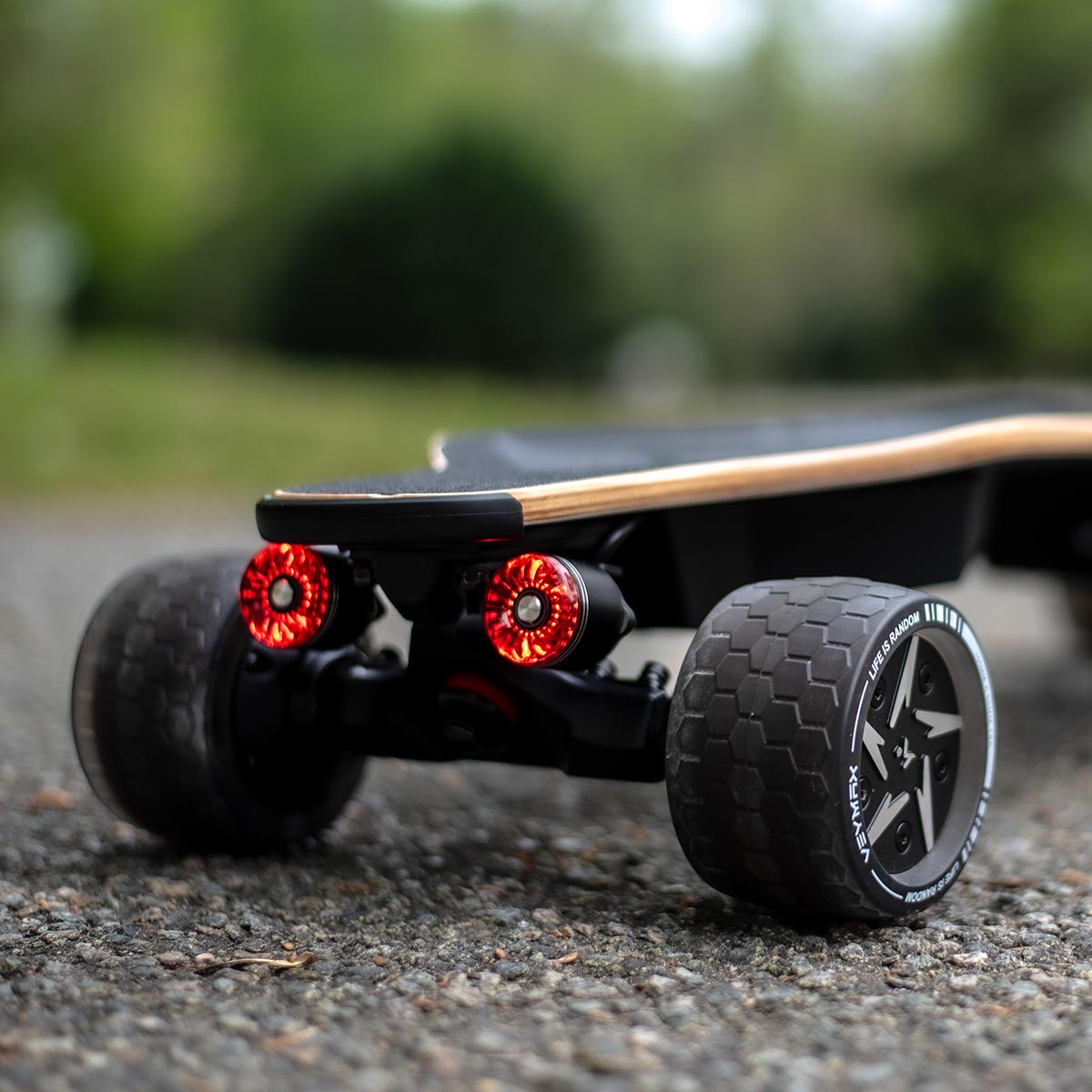
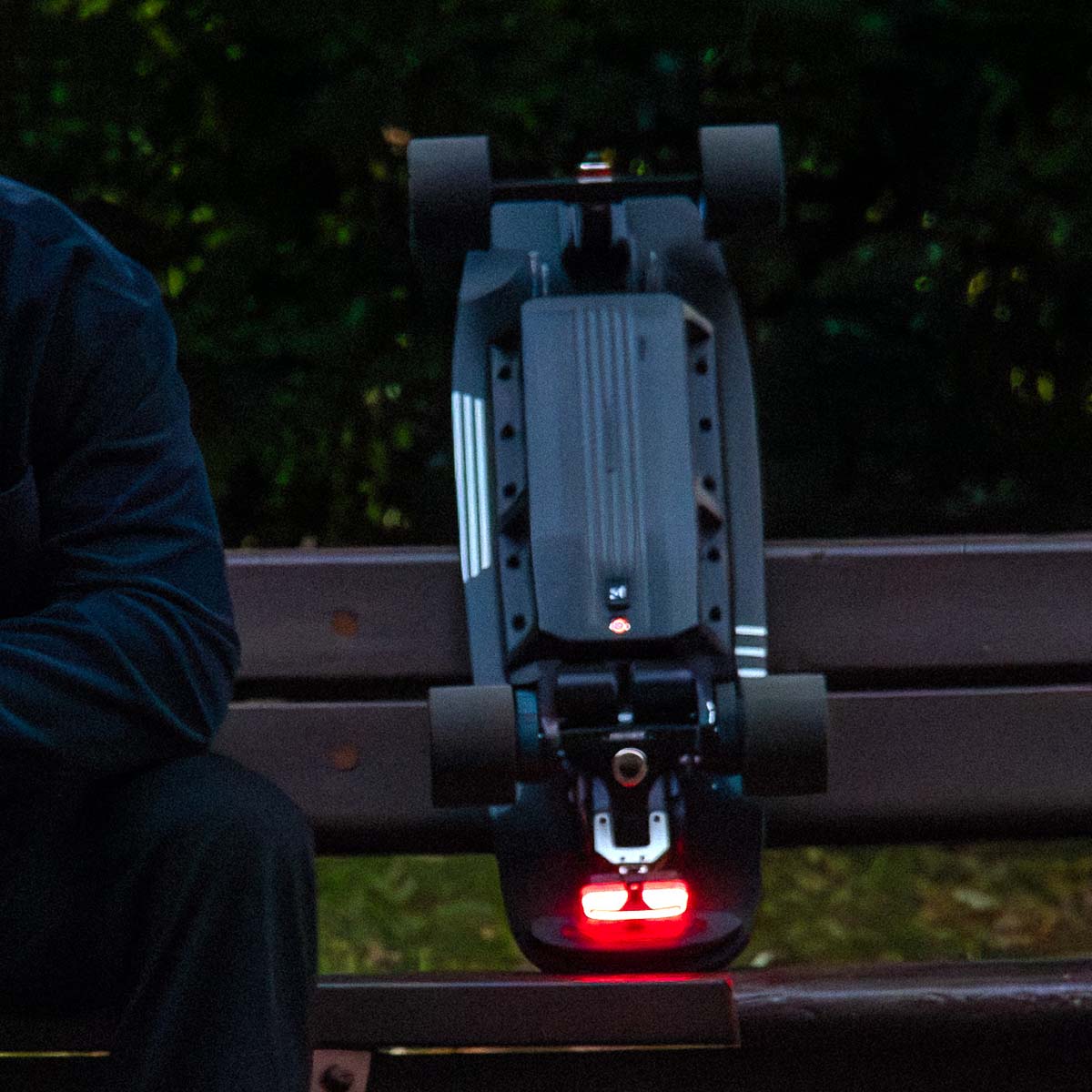
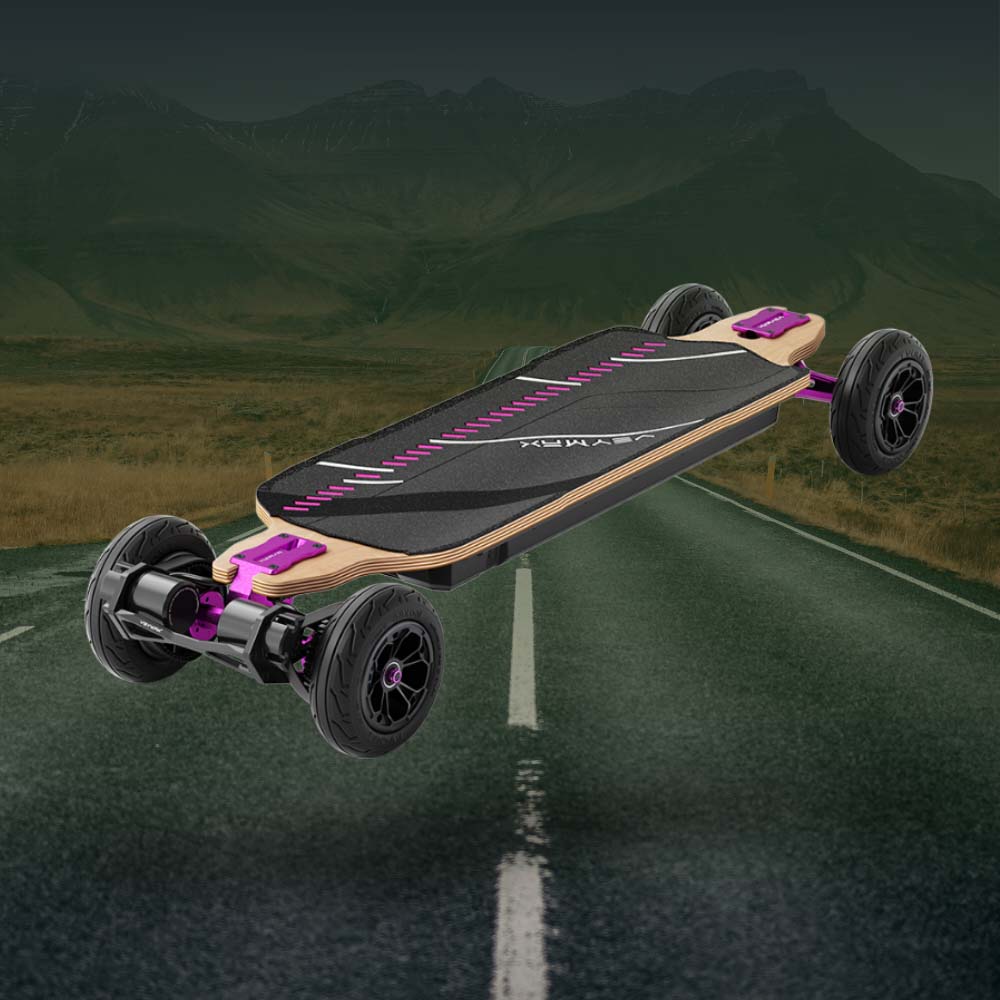

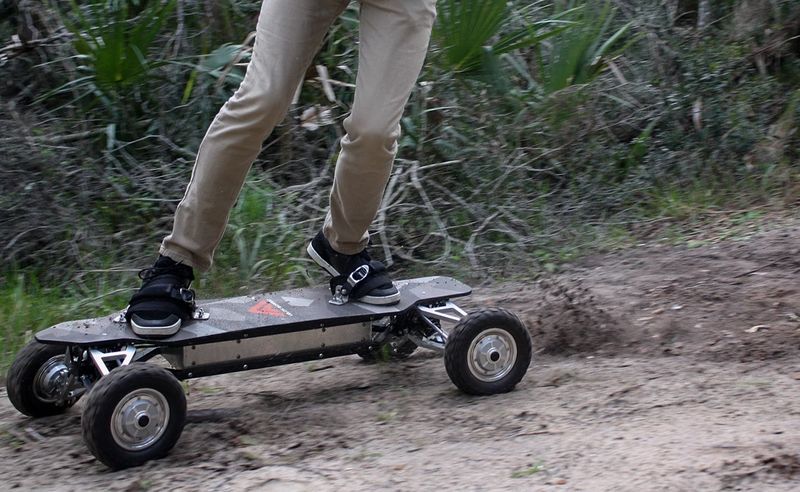
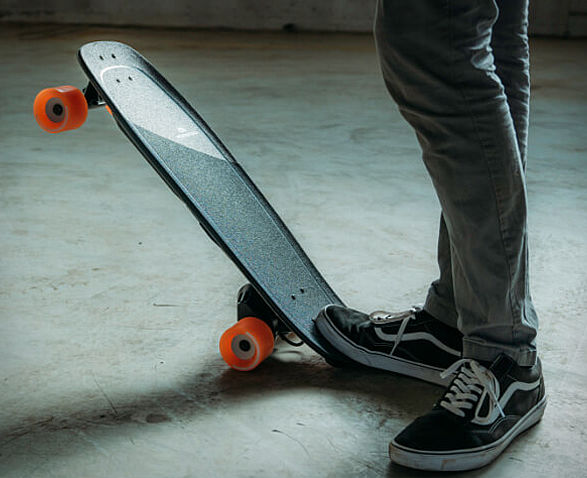
Leave a comment
This site is protected by hCaptcha and the hCaptcha Privacy Policy and Terms of Service apply.